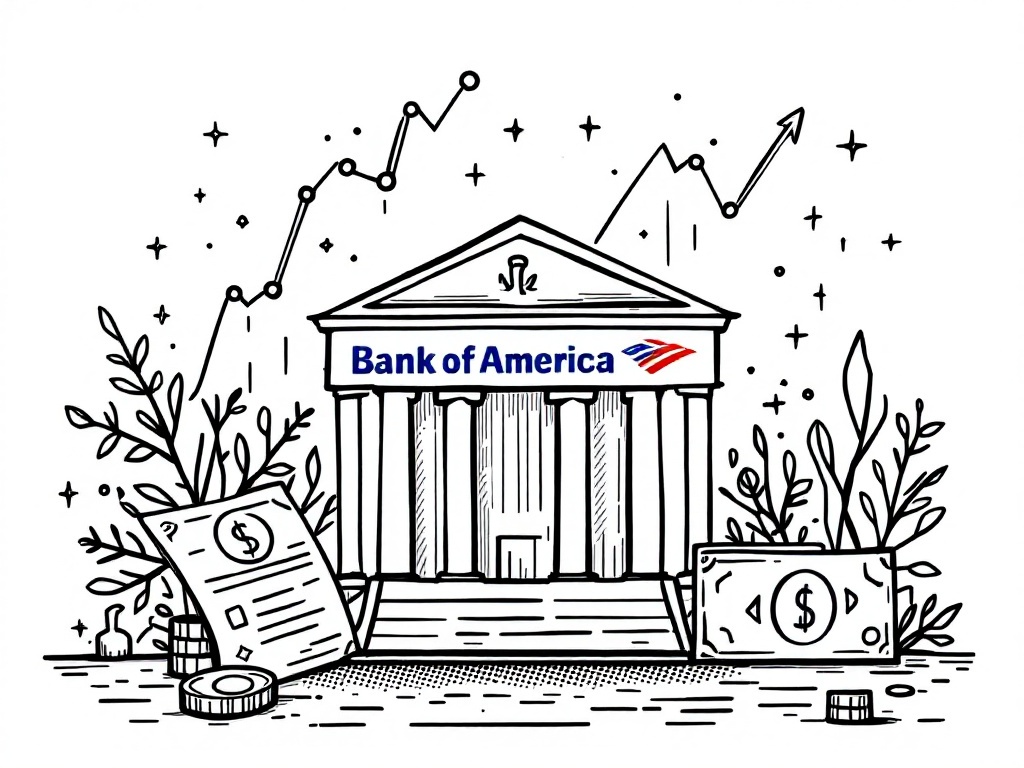Bank of America to Close Inactive Accounts by 2025

Charlotte, Friday, 28 March 2025.
Bank of America warns it may close accounts inactive for three years, aligning with state laws on unclaimed assets. Customers urged to keep accounts active to avoid fund transfer to state custody.
Account Abandonment Criteria
Bank of America (NYSE: BAC) has established clear guidelines for account abandonment. According to the bank’s recent announcement, accounts will be classified as abandoned after three years of inactivity [1][2]. This policy applies to a broad range of financial products, including checking and savings accounts, Individual Retirement Accounts (IRAs), Certificates of Deposit (CDs), stocks, safe deposit boxes, and uncashed cashier’s checks [1].
State Compliance and Escheatment Process
The bank’s initiative aligns with state-specific escheatment laws, which govern the handling of unclaimed assets. As officially stated by Bank of America, ‘The legislation of each state defines when an account is considered inactive and at what point we must transfer it to the state’ [2]. Under these regulations, dormant account funds will be transferred to state custody if account holders fail to respond to warning notifications [1].
Prevention Measures and Digital Banking
To maintain active account status, Bank of America recommends several preventive measures. Customers can avoid account closure by regularly logging into their accounts, conducting transactions, checking balances, or utilizing digital banking services [1]. The bank has particularly emphasized the importance of digital banking tools, as it continues to reduce physical branch locations across the United States [1]. Setting up personalized alerts through the bank’s online platform can help customers track their account status effectively [2].
Timeline and Implementation
The policy announcement, made in March 2025, reinforces existing account management protocols [3]. Customers who receive notification letters about potential account closure must take immediate action to prevent fund transfer to state custody [1]. The bank’s emphasis on digital engagement reflects a broader industry trend toward online banking services [2].